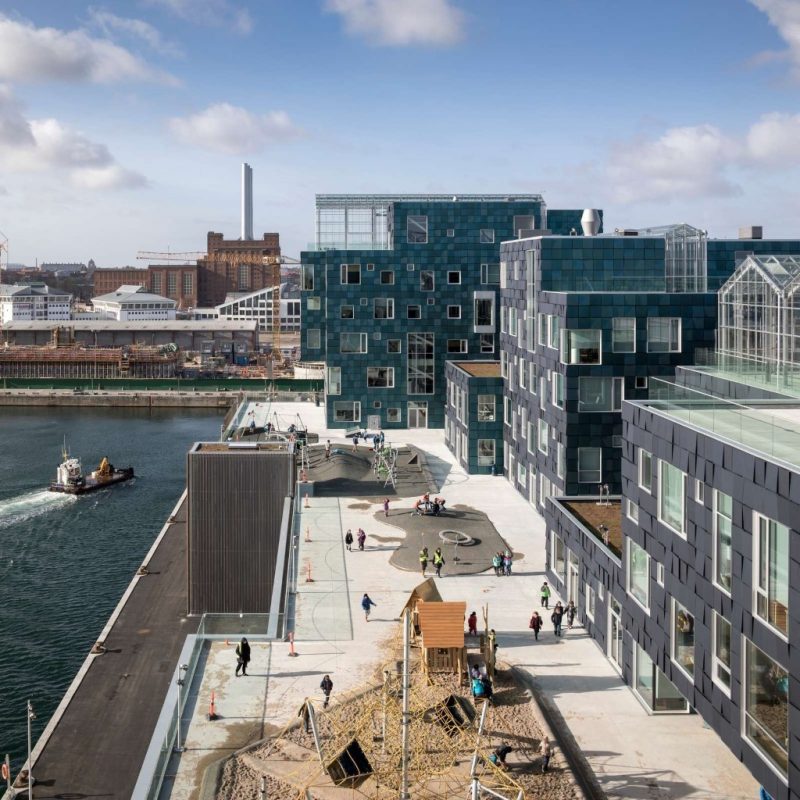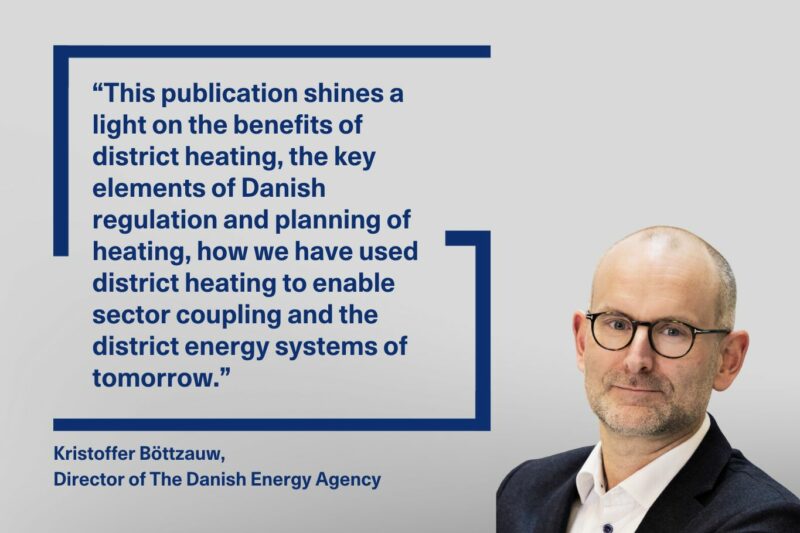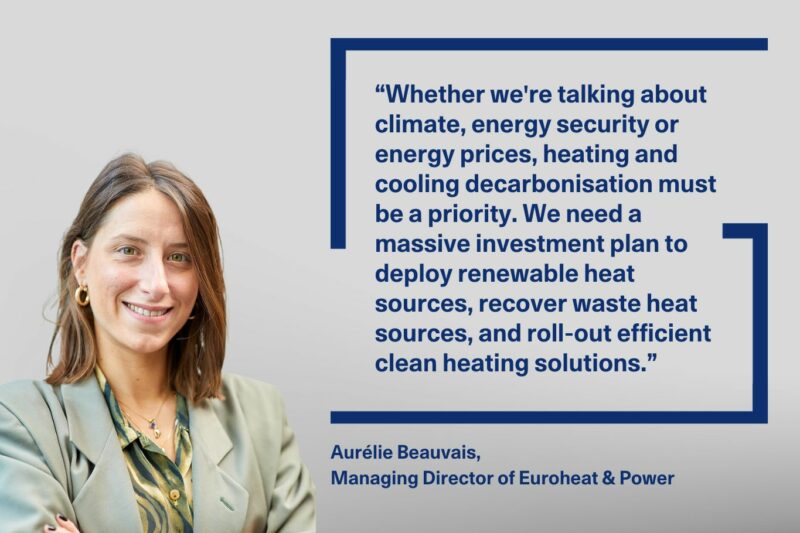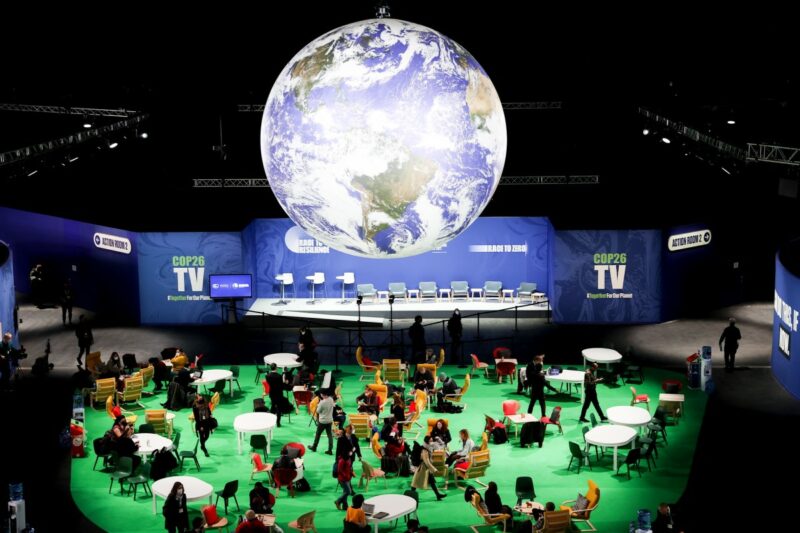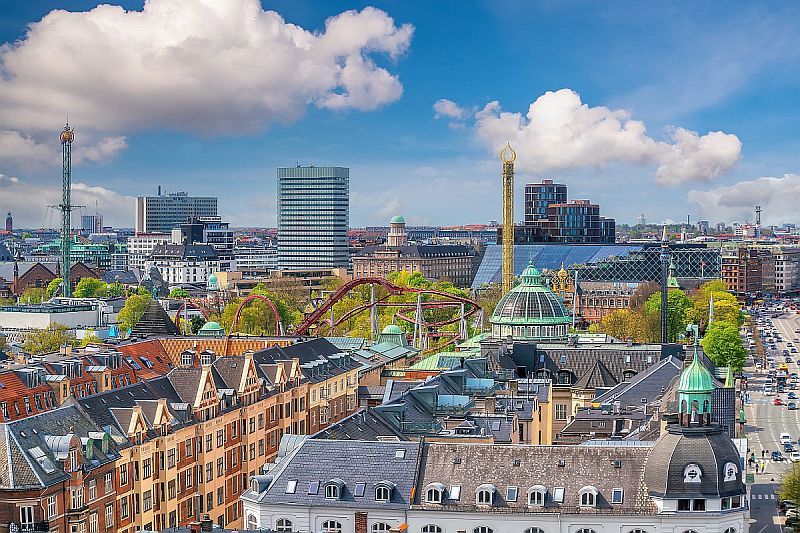Perspective
Energy efficiency in buildings
Buildings
Leading energy efficiency in buildings by example

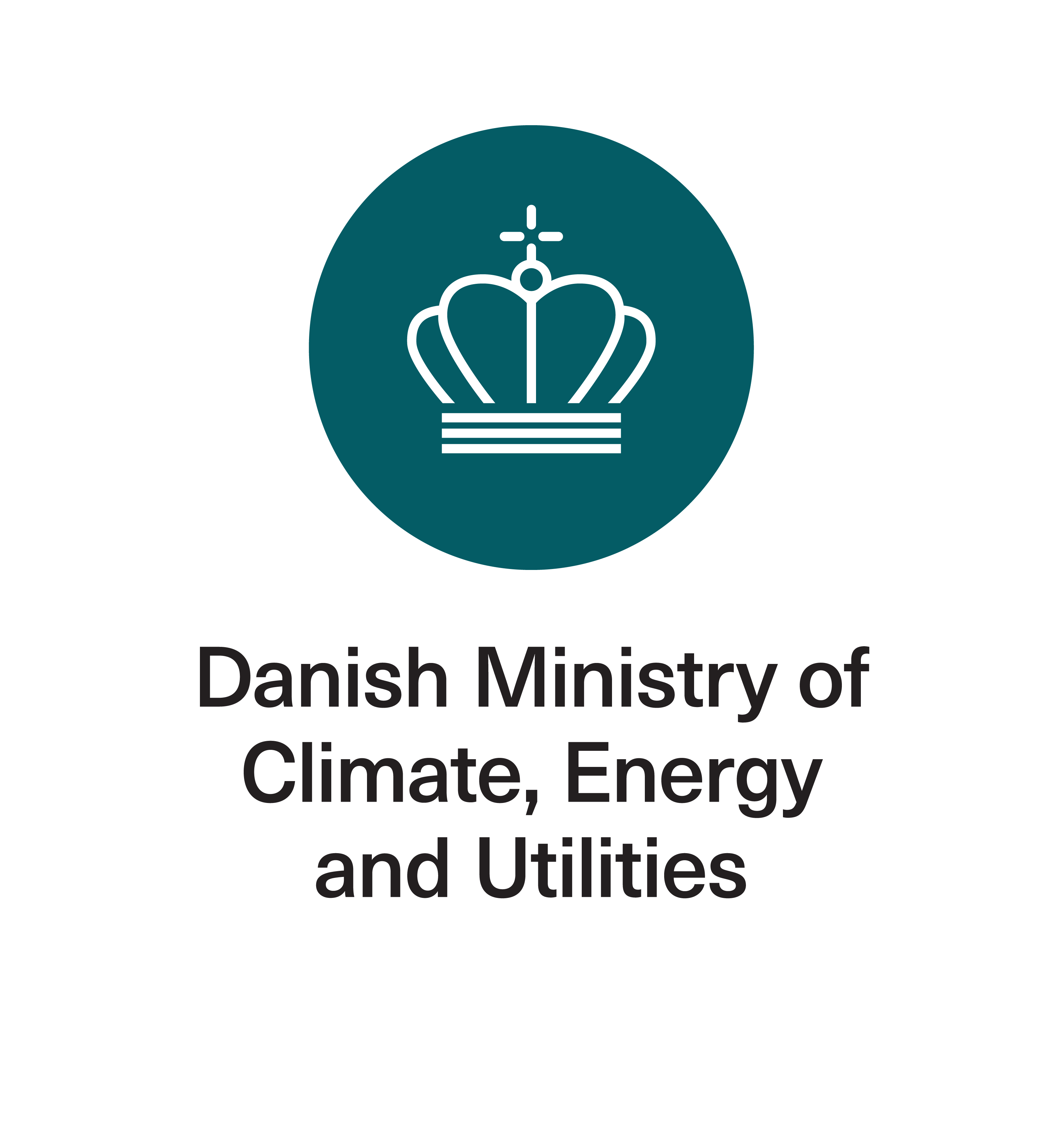
We strive to lead by example. In 2020, the Danish Government and a broad parliamentary majority agreed on one of the world’s most ambitious climate acts. With a target that aims to reduce greenhouse gases by 70 percent by 2030 compared to 1990 levels, we set the bar high, and it was clear that rapid action was needed.
Since then, we have made concrete policy decisions and put forward policy proposals that take us more than twothirds of the way to reaching our target. And the Danish Government produced an overarching road map aimed at ensuring that we achieve the remainder. The roadmap outlines 24 initiatives, addressing every single sector, to be implemented by 2025, by which all necessary decisions will have been made to ensure achievement of the 70 pct.
target.
The building sector – for both new and existing buildings – is of great significance. Construction and use of buildings is responsible for approximately 40 percent of Denmark’s overall energy consumption and accounts for about 30 percent of our CO2 emissions. Therefore, if we are to meet our climate goals, we need to ensure we build and renovate in a highly energy-efficient manner. Designing energy-efficient solutions for existing buildings is of particular importance, as approximately 85 percent of the buildings we will live in by 2050 already exist today. Fortunately, we already have many of the important tools needed to use energy more efficiently.
In Denmark, we have particularly focused on expanding the district heating network, replacing old oil or gas boilers with heat pumps, ensuring that new buildings are as energy-efficient as possible and increasing the pace of energy-efficient renovation of existing buildings. Recently, the Danish government proposed a plan to accelerate the phase-out of natural gas even more by increasing renewable gas production and expanding the rollout of district heating and installation of green heat pumps.
Many of the available solutions to increase energy efficiency in buildings are described in this White Paper. I hope they can serve as inspiration for you and can contribute to greening the construction sector.
You should consider reading
solutions
Energy efficiency in buildings
+2
Greening the UN one building at a time
20 November 2024events
Urban planning and development
+7

